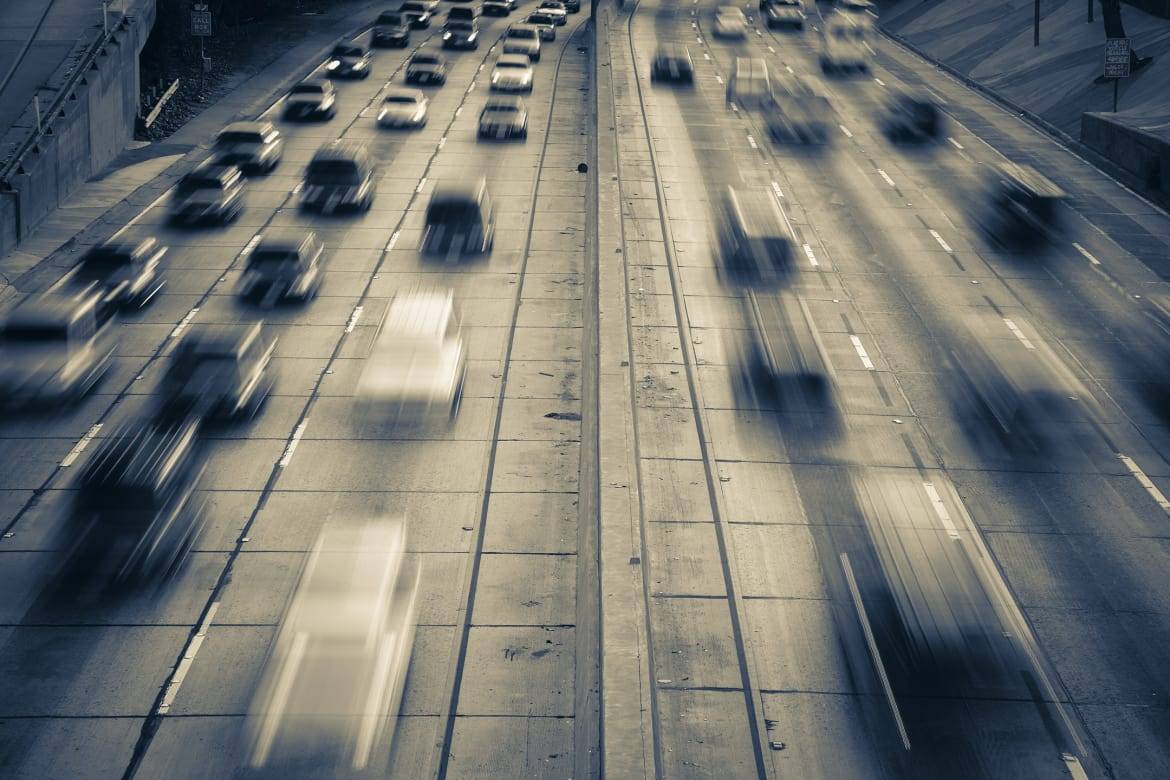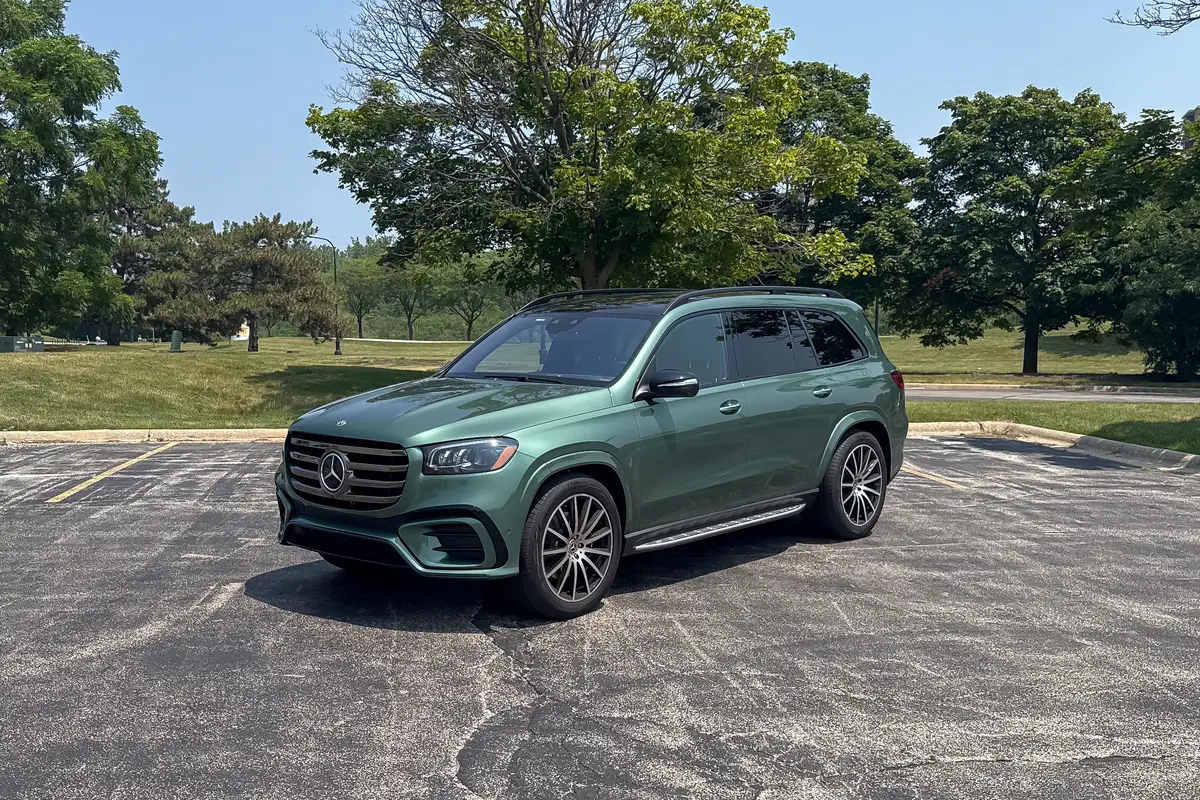Motorist Death Toll Rises as Labor Day Approaches


CARS.COM — It’s a tragic irony that the national holiday honoring American workers’ contribution to the prosperity of the country is also among the deadliest as a result of a strong economy. According to the National Safety Council, an estimated 438 people will be killed during the Labor Day weekend – the highest death toll for the holiday since 2008.
Related: Trillions of Miles! U.S. Sets Driving Record in 2015
“While many factors likely contributed to the fatality increase, a stronger economy and lower unemployment rates are at the core of the trend,” the NSC said in a statement. “Average gas prices for the first six months of this year were 16 percent lower than 2015 levels, helping to fuel a 3.3 percent increase in the number of miles driven.”
A Growing Problem
Since January, NSC reported, an estimated 19,100 people have died on U.S. roads and 2.2 million have been seriously injured, resulting in a total monetary loss of $205 billion. The fatality figure is a 9 percent spike compared with the first six months of 2015 and an 18 percent increase from the same period two years ago.
The biggest jumps for the first half of this year, according to the NSC, were reported in Florida, increasing 43 percent; Georgia, 34 percent; Indiana, 33 percent; California, 31 percent; North Carolina, 26 percent; and Illinois and Kentucky, 24 percent each.
Just this week, the U.S. Department of Transportation announced an officially tally of 35,092 traffic deaths in 2015 – a 7.2 percent increase over 2014 and the end of a five-decade decrease. The last time highway deaths increased this much was in 1966, when the figure rose 8.1 percent from the previous year.
‘Our Collective Complacency’
The Labor Day counting period runs from 6 p.m. Friday and ends at 11:59 p.m. Monday, with more than 100 deaths projected to occur on each of the four days on average. Deborah A.P. Hersman, NSC president and CEO, placed the blame squarely on the shoulders of American drivers, saying our collective complacency is literally killing us.
“One hundred deaths every day should outrage us,” she stated. “Americans should demand change to prioritize safety actions and protect ourselves from one of the leading causes of preventable death.”
She called the death toll preventable because the largest contributors to it are safety-hazard stalwarts like not wearing seat belts, drunken driving, distracted driving and fatigued driving. NSC urged drivers this holiday weekend to buckle up every trip, designate a sober driver or arrange alternate transportation, get plenty of sleep and take driving breaks on long trips, never use a mobile device (even hands-free) while driving, monitor teens’ driving habits, and learn about their vehicles’ safety systems and how to use them properly.
Addressing the Problem
The DOT in today’s announcement credited safety programs, increased seat-belt use, reduced impaired driving and improved vehicle safety systems with lowering the annual fatality figure up to now. NSC stressed that seat belts have been shown to be between 45 and 48 percent effective in preventing deaths of front-seat occupants in crashes. Researchers estimate that seat belts will save 170 lives this weekend and would save 104 more if everyone buckled up properly.
On the drunken-driving front, the National Highway Traffic Safety Administration reminds drivers that the nationwide “Drive Sober or Get Pulled Over” campaign kicked off Aug. 17 and will be in full force through Sept. 5. NHTSA says high-visibility enforcement can reduce DUI fatalities by as much as 20 percent. Nearly a third of traffic fatalities, according to the DOT, are attributable to drunken driving or speeding, while one in 10 involve distracted driving.
Record Travel
AAA estimates for the number of drivers expected to hit the roads for the holiday weekend were not yet available, but in past years that figure has topped 35 million for people traveling 50 miles or more from home, the vast majority by car. Memorial Day logged the second-busiest travel figure on record for the May holiday in 2016, with 700,000 more people traveling than the previous year. The 36 million motorists estimated to have hit the highways for the Fourth of July weekend logged the highest overall travel volume on record.

Former Assistant Managing Editor-News Matt Schmitz is a veteran Chicago journalist indulging his curiosity for all things auto while helping to inform car shoppers.
Featured stories



